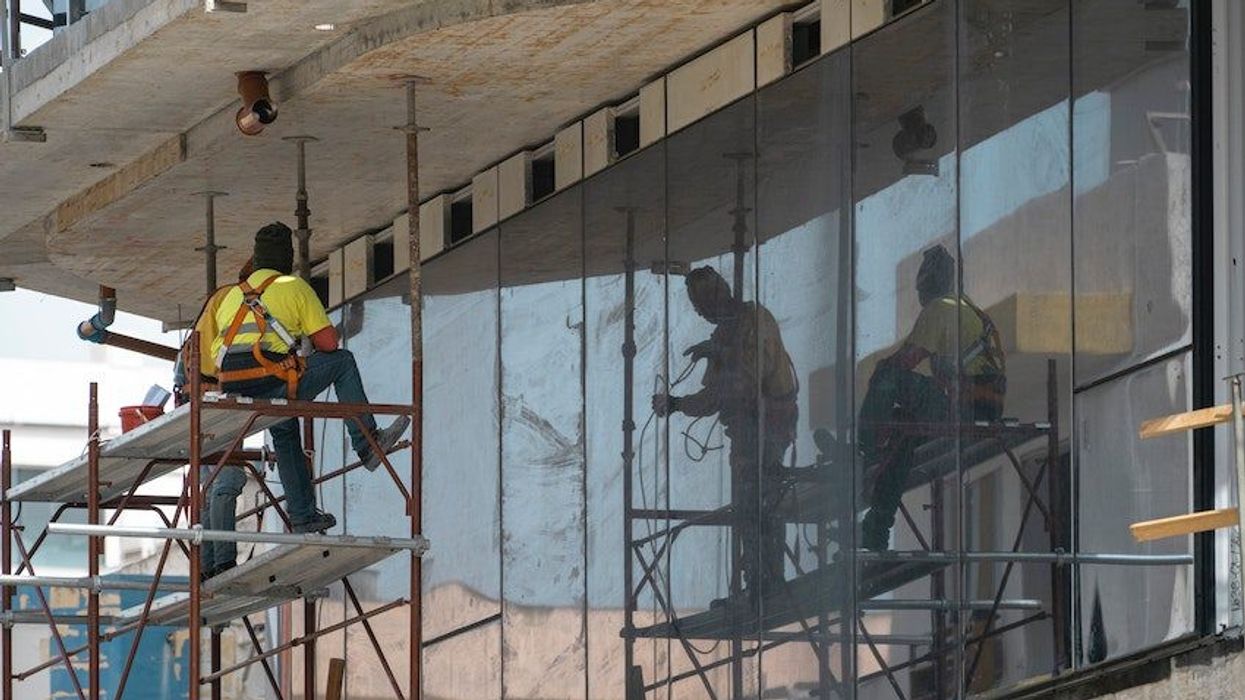With Harbour Equity JV Fund VI closing and more than $80 million locked in — and a second closing that could bring up to $60 million more — Harbour Equity is poised for new projects and partnerships across the country.
Providing capital to developers in urban and surrounding markets, Harbour Equity’s deals have generated an estimated $2.5 billion in real estate value across 60 developments. And 2022 promises a fascinating case study — a waning pandemic and relentless housing demand; but also rising interest rates, inflation and building costs.
Market forces are swirling, but Harbour Equity has recalibrated for this round of funding, says president Ari Silverberg.
“Over the last 12 months, we’ve done a good job adjusting our underwriting for the potential of declining home prices,” he says. With rising interest and mortgage rates now cooling sale prices, he also feels that the same softening effect should be felt with inflation and construction costs — especially within a couple years, as these projects hit the ground.
“When all is said and done, our approach remains more or less the same,” Silverberg says. “We want to be able to acquire land at a reasonable price, and to do so with developers that are going to be able to execute — getting through an approval process, a sales process, and a construction process."
“It just comes down to buying the right land with the right group.”
The Ideal Projects
Harbour Equity invests primarily in ground-up residential projects, including both for-sale and purpose-built rental, with development cycles of between three and six years. This includes infill ground-based residential or mid-rise projects in both primary markets and secondary markets, and will also include shorter-term land development opportunities. Other areas of interest? Student housing and industrial developments, as well as value-add residential and commercial projects.
“We’re more keenly focused on entry-level and move-up product,” Silverberg adds. “We’re not going to invest in many luxury or higher end projects — we would want to invest in projects that are going to focus on a broader component of the market.”
The risk-reward profile makes sense in these asset classes in both suburban and secondary markets, Silverberg says. Harbour Equity generally avoids downtown urban projects and high-rise developments — expensive land and long approval processes are deterrents.
“We’re very cognizant of hitting IRR targets for our investors, which have two components — how much money you can make, and how long it takes,” he says. “We do try and curtail the time and the way we invest our equity to push that IRR as high as possible.”
The Ideal Partners
Beyond projects, Harbour Equity has an ideal profile for their developer partners, too.
“The more experienced the better, particularly where that track record includes development expertise in the asset class that we’re going to be investing in,” Silverberg says. “However, we have a project in Calgary with a very seasoned shopping centre developer who wanted to try their hand at a purpose-built rental project. Given their development expertise, we felt comfortable — we’re willing to take risks on a new project when it comes to experienced developers.”
A development project would typically use a combination of debt and purchaser deposits to fund 80% - 85% of project costs, Silverberg says, leaving around 15% to 20% to be funded in equity. In terms of deal size, most would fall between $50 million to $150 million, leading to an equity contribution from Harbour in the range of $5 million to $15 million.
“The development partner would run the day-to-day operations and be paid a management fee for doing so,” Silverberg says. “We would be more passive than active but we would have major decision approval and we would certainly try and help wherever possible.”
“I think our closest partners appreciate our level of detail and involvement when it comes to certain aspects of the project,” he adds. “We have an all-hands-on-deck approach to ensure the project is as successful as possible.”
A Look Ahead
Harbour Equity had “a very busy” 2021, Silverberg says, completing 11 deals instead of a typical seven or eight.
With the size of Fund VI expected to be well over $100 million, Harbour Equity faces a new market — one with “a healthy dose of reality” after a frenzied run of rocketing home prices and significant cost inflation, he says.
“The good news is, the fundamentals for our major markets in Canada remain really strong in terms of immigration and the continued demand for housing,” Silverberg says. “There’s going to be some challenges in the short term, but we’re participating in development projects that won’t be approved for some time. And we’re actually hoping to take advantage of some of the cracks in the market that we’re seeing.”
For Harbour Equity, the core strategy remains — good land at a reasonable price and experienced developers. And the fundamentals of any market? Challenges always present opportunity.
“We think it’s a great time to move forward on development and, given our recent fundraising with Fund VI, we’re going to be able to act very quickly on new opportunities,” Silverberg says.
This article was produced in partnership with STOREYS Custom Studio.





















